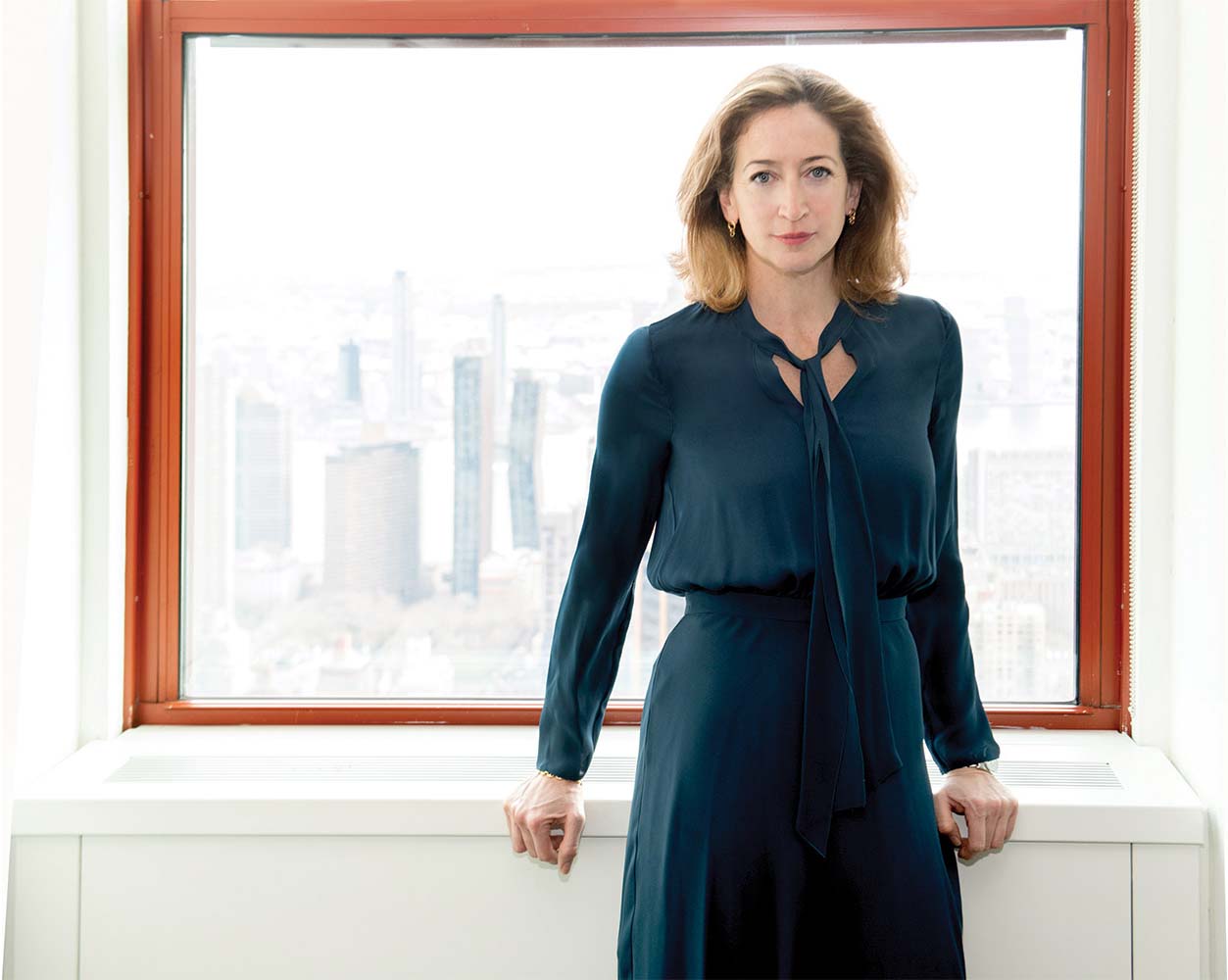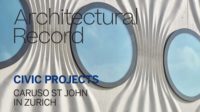When I came upon the display by Flores & Prats in Venice’s Arsenale during the opening days of the Architecture Biennale in May, I was astounded. There, in front of me, were long drafting tables onto which the Barcelona studio had piled models of all sorts—from small colorful cardboard ones to larger intricate wood or Styrofoam building facsimiles. Also strewn about were drawings on top of drawings, unrolled somewhat haphazardly and draped over the edges of the tables. Off to one side were more small models, positioned atop tall, tripod-like wood assemblies, and arranged like an architectural army. Off to another side, a large-scale model of a theater held court, coming alive with illustrations of a curtain and stage, and animated by moving images projected onto its walls.
The whole thing was a celebration of architecture—and the process of making architecture. And yet it felt completely out of place. Why did I have the impression that I’d somehow stepped outside the vast halls of this centuries-old Venetian compound?

Josephine Minutillo, Editor in Chief. Photo © Jillian Nelson
Much of the rest of the Arsenale, and the national pavilions, had been given over to exhibitions that went beyond traditional notions of architecture. The curator of the 2023 Biennale, Lesley Lokko, had asked participants to show that architecture could do more by addressing questions of decolonization and decarbonization, especially with respect to the African continent. But, ultimately, the results felt like less, at least less architecture. The conventional tools of the profession, as celebrated by Flores & Prats, were rendered obsolete.
This year’s exhibition—filled with videos and sculpture and performances—perhaps was an evolution from the first Venice Architecture Biennale in 1980, organized by Paolo Portoghesi, who died in May and to whom we pay tribute here. He invited architects to design storefront-like facades fronting interior displays of their respective works. By comparison to this year’s event, it seems simply and only about design, and not about other concerns. But is that so wrong?
When David Chipperfield spoke to a large crowd of students at the architecture school of the National Technical University of Athens the day before receiving his Pritzker Prize on the city’s ancient Agora on May 24, he emphasized professional responsibility. In both his presentation to students and his Pritzker acceptance speech, Chipperfield pointed out that architects should provide a service—and that practice means acquiring a body of knowledge. This focus differed vastly from the evidence presented at the Biennale, which couldn’t really answer any one thing because it covered too many things.
The national AIA convention in San Francisco in early June faced a similar dilemma. I moderated a panel on affordable housing where the emphasis was less on design and more on effecting change on a governmental level. Are architects becoming inept policymakers? Naive environmentalists? Misguided artists? It seems the profession could use some help, though that was not offered at the convention.
The problem about architecture, its role in society, and its obligation as a practice remains unsolved. That conundrum is well exemplified by a new building that the New York office of OMA just completed at the former Albright-Knox Art Gallery in Buffalo, featured on this month’s cover. It’s not the building its architect had originally designed. That earlier scheme bridged the museum’s Neoclassical first building and its Modernist 1960s addition by spanning a courtyard between them. Local preservationists objected, wanting to keep the courtyard open, and OMA ended up creating a new, isolated structure out of the way of the other two. But the museum still wanted the courtyard to be sheltered from Buffalo’s harsh winters, and enlisted artist Olafur Eliasson to do just that. No small undertaking, as that “artwork” required significant structural support. The irony is that the museum got away with building over the courtyard by saying an artist did it.






Post a comment to this article
Report Abusive Comment